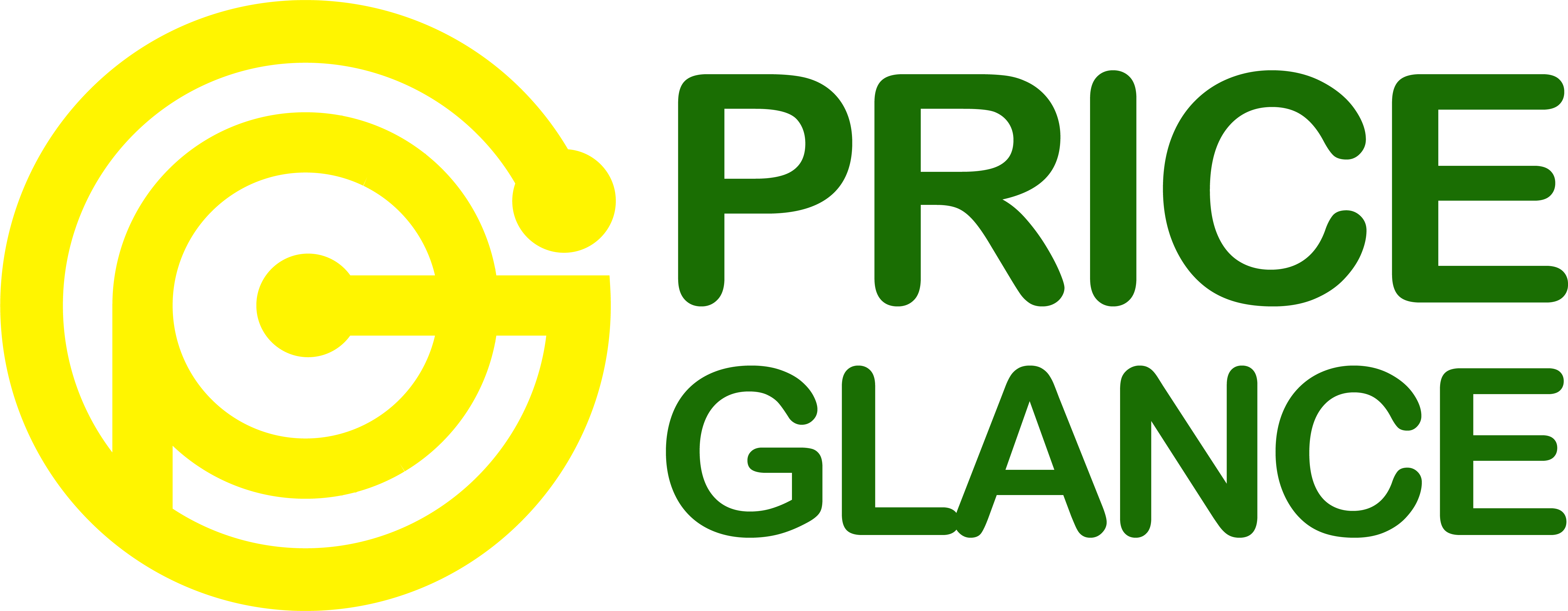
Introduction:
The landscape of direct retail is evolving rapidly, and staying ahead of trends is crucial for businesses. To succeed in this competitive market, businesses must rely on data to make informed decisions.
A powerful tool for price monitoring allows businesses to optimize pricing strategies and reduce costs, gaining a competitive edge. In this article, we will explore the benefits and grasp the significance of ecommerce price monitoring in 2023.

Why do you think ecommerce price monitoring is becoming increasingly important in 2023?
The ecommerce market is becoming increasingly competitive. New businesses are constantly emerging, and traditional businesses are expanding their online operations. This creates a fiercely competitive environment, making price monitoring a critical factor for survival and growth.
Prices of online products and services can fluctuate continuously, even by the minute. This makes maintaining fixed prices challenging and requires flexibility. Using dynamic pricing allows businesses to adjust prices based on factors like supply and demand, market fluctuations, and competitor strategies.

Advancements in technology have created tools and software that make price monitoring more efficient. This helps businesses easily track and change prices to meet market demands.
5 Best Practices for Price Monitoring in Ecommerce
1. Utilize Price Monitoring Tools:
There are numerous powerful price monitoring tools and software available in the market. These tools assist in tracking the prices of specific products and also the prices of competing businesses.
2. Monitor Competitor Prices:
Tracking and analyzing competitor prices is crucial to understand the competitive landscape and meet market demands. You can use price monitoring tools that provide information on competitor prices or conduct monitoring by regularly visiting their websites.
3. Keep an Eye on Market Changes:
Understanding market fluctuations and supply and demand dynamics is important for optimizing pricing. Use market information sources such as industry news, research reports, and statistical data to monitor market trends and predict price changes.
4. Utilize Artificial Intelligence (AI) and Machine Learning:
AI and machine learning technologies, with their capability to automatically handle price monitoring and adapt to price shifts, excel in analyzing data from diverse sources. Furthermore, they can forecast price trends and aid in establishing the most advantageous pricing strategies, considering profit goals and competitive factors.
5. Test Prices and Track Results:
Experiment with different price points to see how they impact sales volume and profitability. Use A/B testing to compare the performance of different price points. Based on the results of these tests, adjust your pricing strategy to strike a balance between revenue and competitiveness.
Conclusion
By becoming really good at keeping an eye on prices and handling them well, online businesses can learn important stuff about their competitors, market trends, and what customers like. This data-driven way of doing things helps companies figure out the best prices, make customers happier, and make more money.
Invest in tools that watch prices automatically, pay attention to your main customers, keep an eye on prices regularly, and put together price info with other useful numbers to make your online business as good as it can be. By doing all this, your brand can do well in the big and competitive world of online selling.
